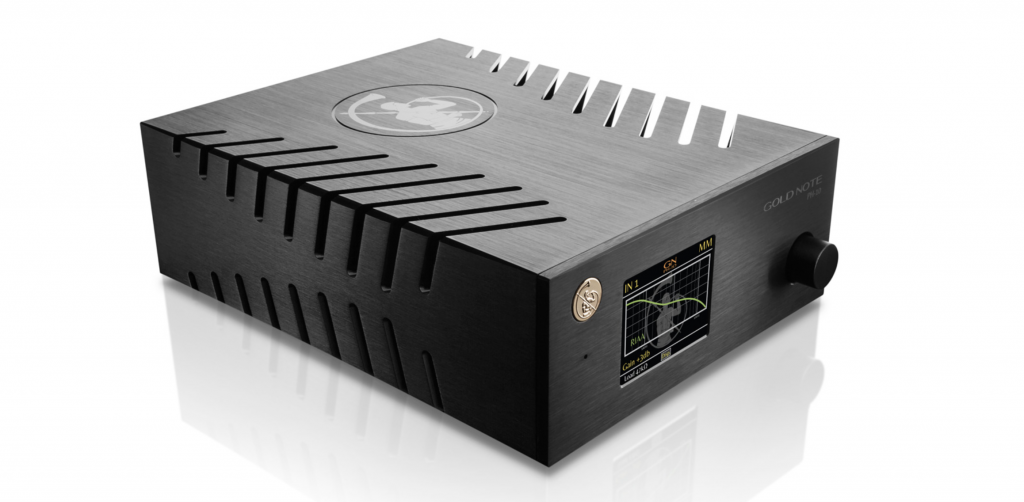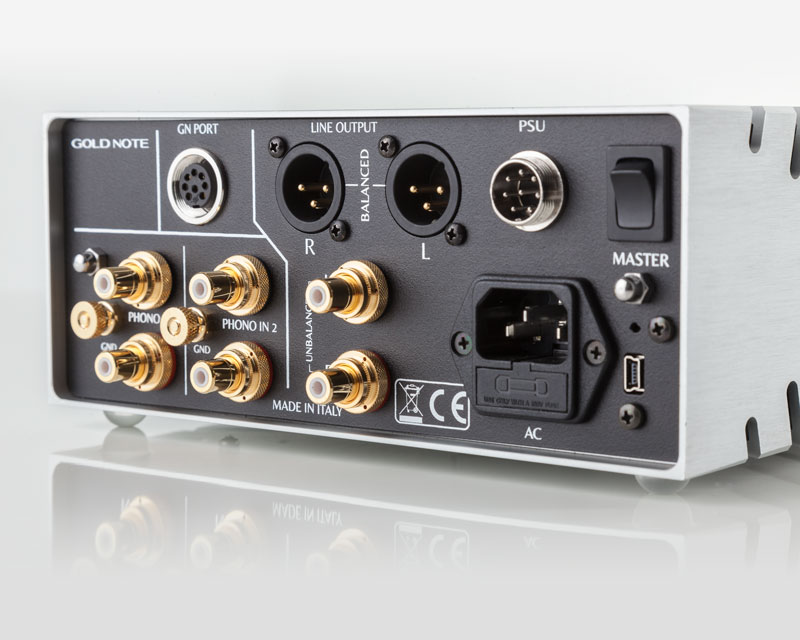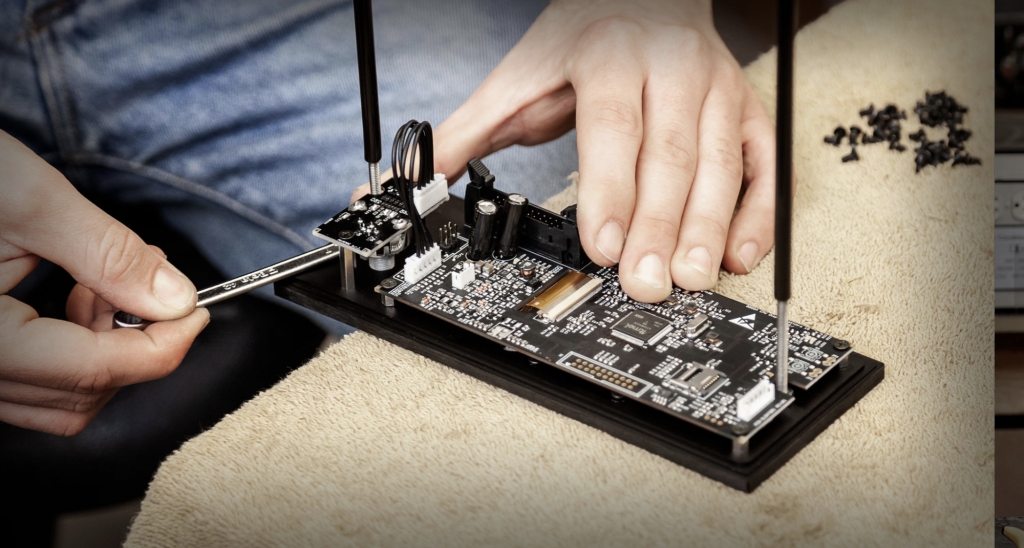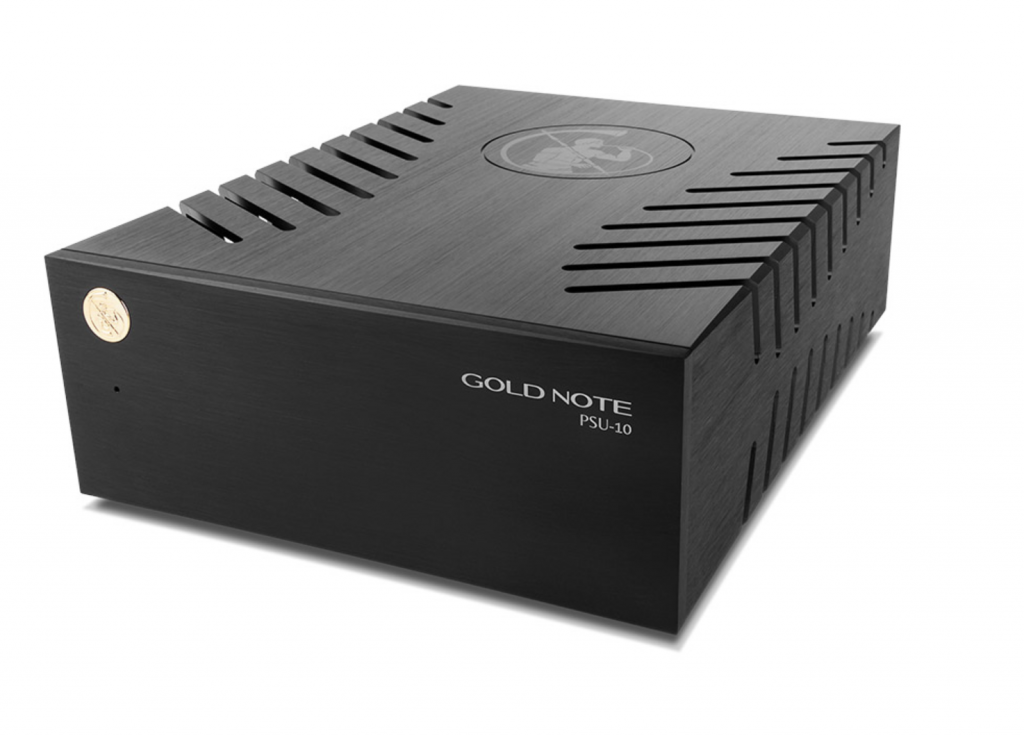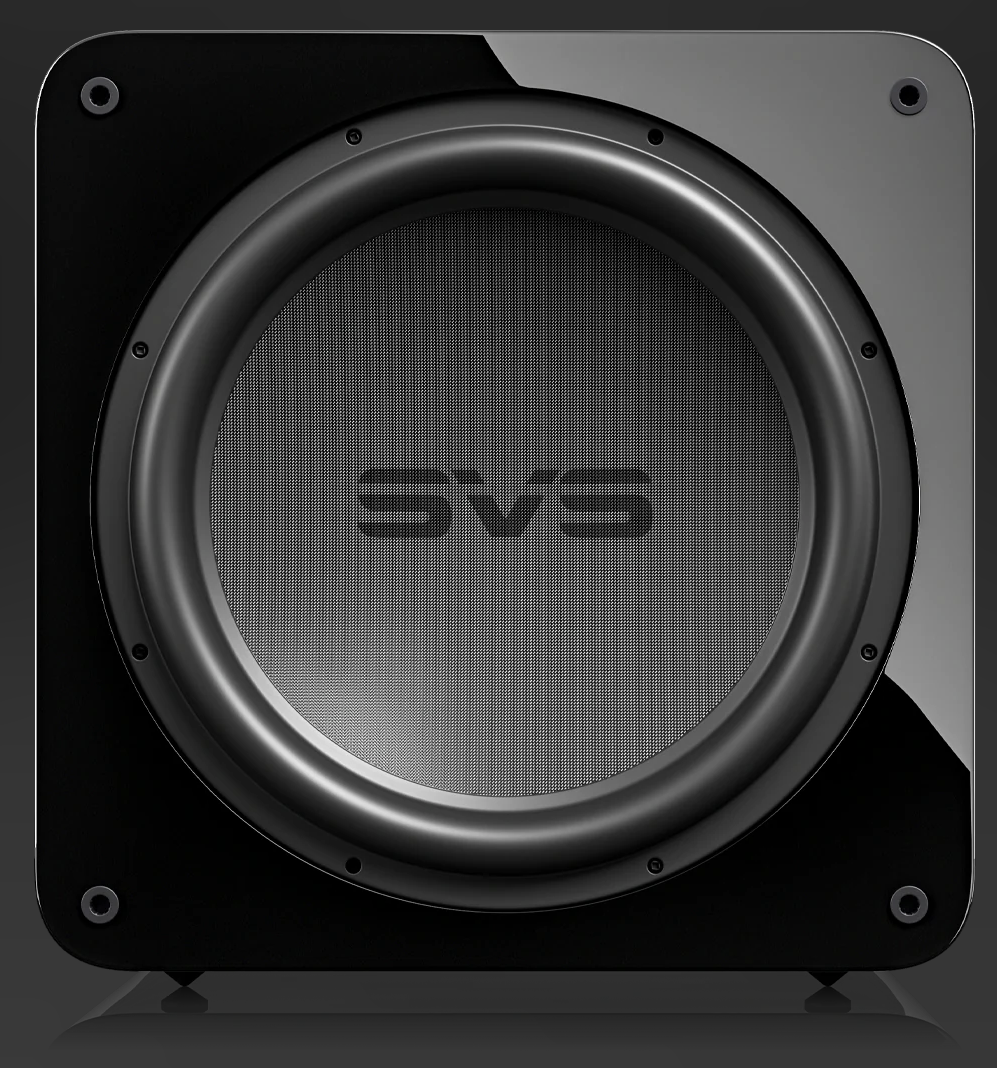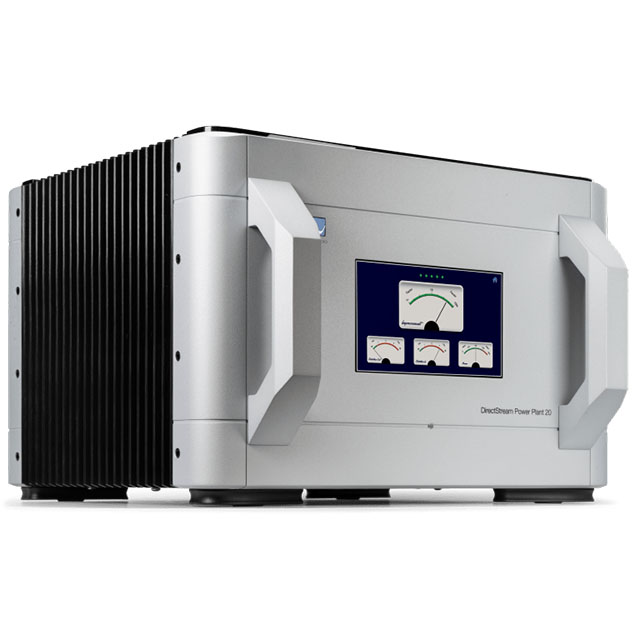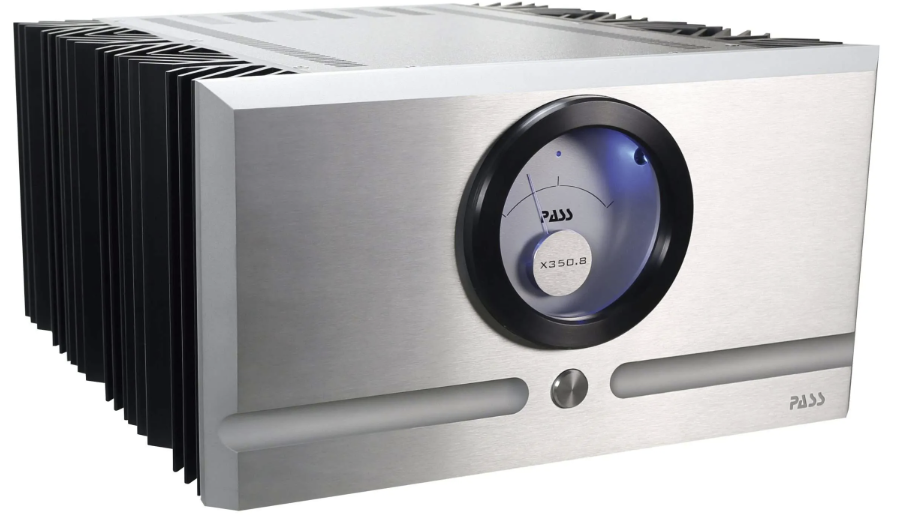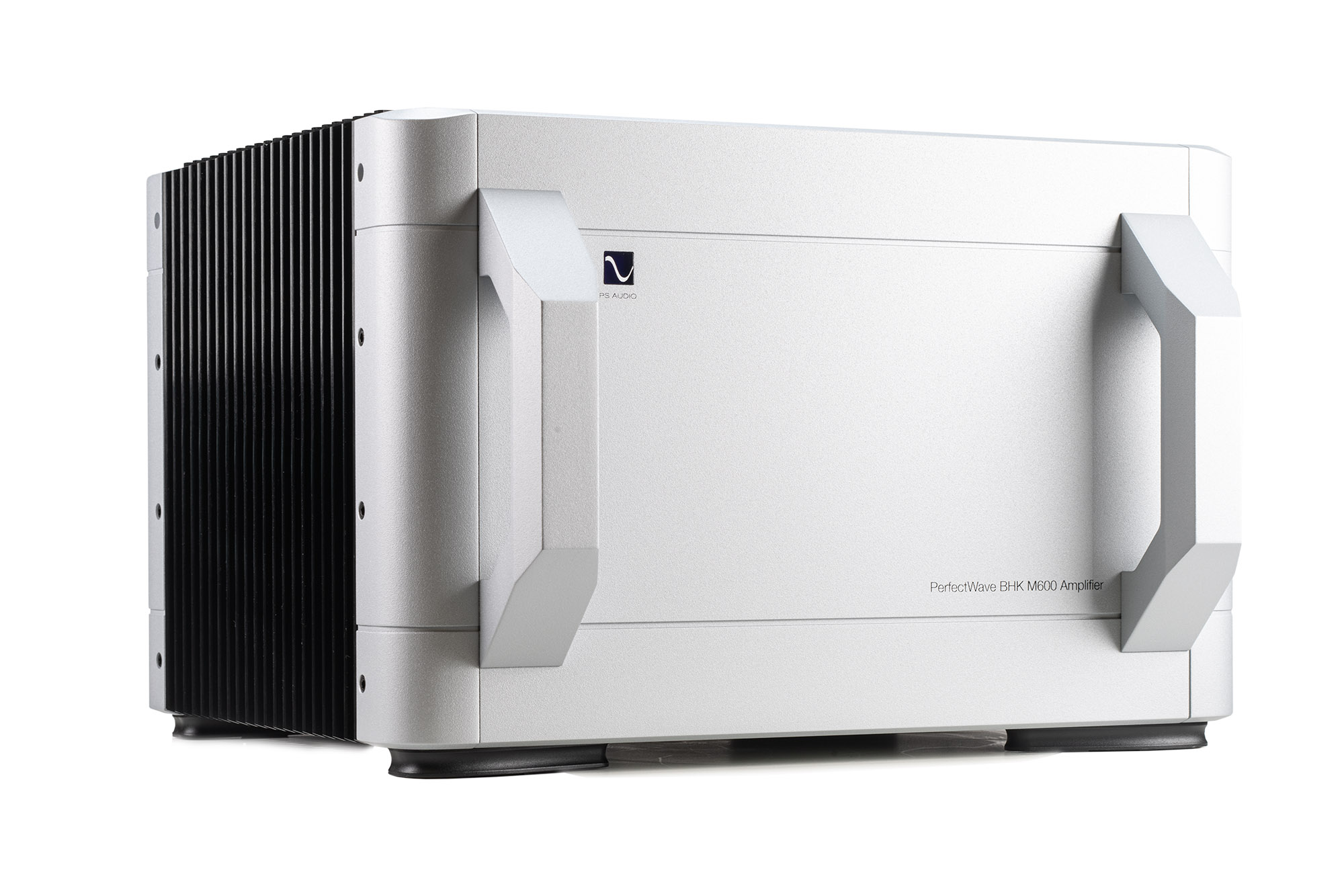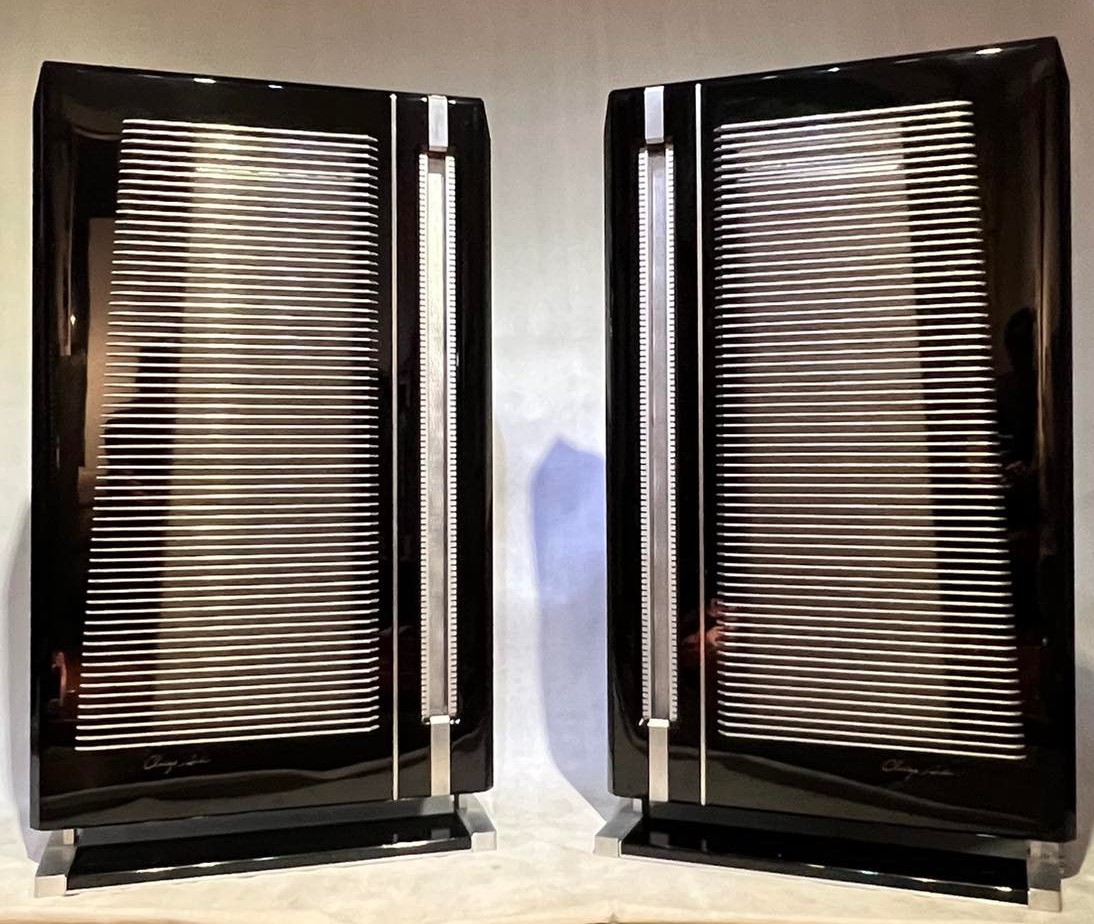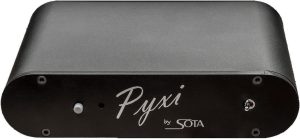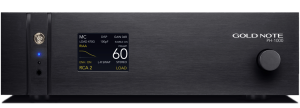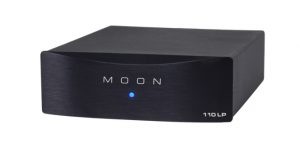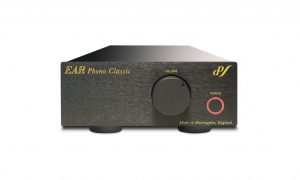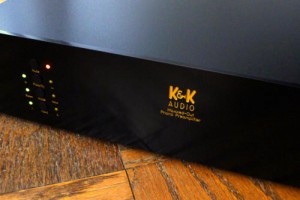If you're an avid reader of Positive Feedback, you may be thinking—Déjà vu? Yes, this phono stage has been reviewed not once, but twice by different staff of the magazine (HERE and HERE). Timing wasn't right for me to be the third (of the original reviews), but I had to see what this thing was all about. A few things intrigued me off the bat… the LCD display allowing one to configure all settings (loading, EQ curve, gain), and most important, the ability to have two inputs. My personal rig has two tonearms and hence two cartridges. For now I've had to use one phono stage, switch the wires, and re-configure the settings. A huge pain in the ass.
Most phono stages that I've seen with multiple inputs are very expensive. Don't get me wrong, I believe the phono stage is one of the most important links in a successful turntable setup. Think about it – it has to amplify such a small signal, without introducing any electrical interference or distortion.
Then, as if it were meant to be, I saw the announcement that Gold Note was going to take this phono stage a step further – by adding an external power supply. I thought this might be the perfect opportunity to reach out and review this product again. I figured it would be worth the time and effort due to accolades this stage received sans power supply. I presented it with the idea of switching from internal to external power supplies and Gold Note felt it would be a great idea.
I've had the fortune to have it with me for several months—to really let it burn in and allow me to listen to a myriad of albums—and to perform some A/B testing from the power supplies—and what a fun ride it has been. Not only was I able to switch between both cartridges in seconds (yes, it retains settings separately depending on input, score!) I was able to hear some albums that used different EQ curves, the right way!
A few people laid eyes on the unit and immediately they assumed that due to the LCD display and control characteristics, it somehow digitized the signal and then converted back to analog—simply not true. In fact, when making adjustments, you can hear relays clicking, switching different circuit pathways to apply different curves. This is important to me—why bother converting analog to digital? Not saying it can't be done, but I just don't get the point. The only reason I do that is that if I want to archive something to a hard drive, for fun and/or sharing.
Aesthetics wise, this is one of the best looking phono stages I've reviewed. I've had several here that are big, bulky, and are best stowed away. Not this one—it's a proud looking device that deserves to be right next to your turntable. The Italians definitely know how to design things, I shouldn't have to tell you that. Every part of this device is hand-made and comes in different colors—black (I had black), red, gold and silver.
As mentioned, The PH-10 has two separate RCA phono inputs which can be connected to two different turntables at the same time. Each input can be set for either an M/M or M/C cartridge. This phono preamp also offers four different selectable gain levels: -3dB, 0dB, +3dB, and +6dB. This allows for precision matching to whatever output level is coming from a specific M/M or M/C cartridge. The PH-10 also has nine different loading options: 10Ω, 22Ω, 47Ω, 100Ω, 220Ω, 470Ω, 1,000Ω, 22KΩ, and 47KΩ. It also allows for SE or XLR out depending on your preamp configuration.
In order to perform the comparison, I started using this phono stage w/out the external PSU-10 supply. I did this to get a feel for its sonic signature. One great thing about the setup of this unit, it's a breeze. No having to remove the lid and adjust tiny jumpers or screws—you simply push the knob on the front and select different loading characteristics. This isn't an exact science I learned. But once I dialed in the one setting, I left it as is.
First I put on the recent reissue of Massive Attack's Heligoland, (and cleaned with the trusty Audio Desk Systeme Ultrasonic machine—highly recommended) one of the favorites from the past few years—starting from the beginning I just couldn't get up from my chair (well, only to flip sides and change records). I couldn't believe the sound coming from this tiny device. While I've heard similar sound from $10+K phono stages, they didn't offer the versatility of this unit.
I put on a few more records and as always it's fun to re-listen to one's collection through a new lens. This one didn't disappoint.
After a week or so of that, I then decided it was time to add in the PSU-10. This was a cinch—you simply use the included din-style umbilical to connect the two together, and plug in the power supply. All that is on the front is a tiny LED to indicate it has power. All control is still done through the PH-10. Once the master switch is on in the rear, you hold in the knob and viola, everything turns on in perfect synchronization.
The PSU-10 is an outboard higher capacity power supply that's designed specifically to improve the sound quality of the PH-10 phono stage. Its solid-state circuitry uses four independent transformers; three of the transformers are dedicated to the A/C power supply and one transformer solely powers the inductive filter.
Gold Note's proprietary dual choke design filters signal voltages to minimize A/C borne RFI and EMI distortion and electrical "pollution" coming from the A/C grid. They claim that the PSU-10's higher capacity dramatically enhances the PH-10's macro and micro dynamics, increases resolution and transparency, and allows the phono stage to reproduce far more micro-details within a larger 3-dimensional soundstage.
I thought it would be best served to listen to the same albums again.
I can tell you that there was definitely a huge increase in sound quality, it was immediately noticeable. A wider and deeper sound stage. More grunt in the bottom end. Just more—all without taking anything away. It simply was able to extract even more information from my vinyl collection, which was very impressive indeed. This is a perfect combination and I wouldn't suggest the phono stage without it, but if budget is tight—the great thing is you can always upgrade later.
In conclusion, I can't say enough good things about this phono stage and power supply. They really compliment each other and for the price to feature ratio—there just isn't anything else out there on the market that comes close.
PH-10
Retail: $1500
PSU-10
Retail: $1100
Gold Note




